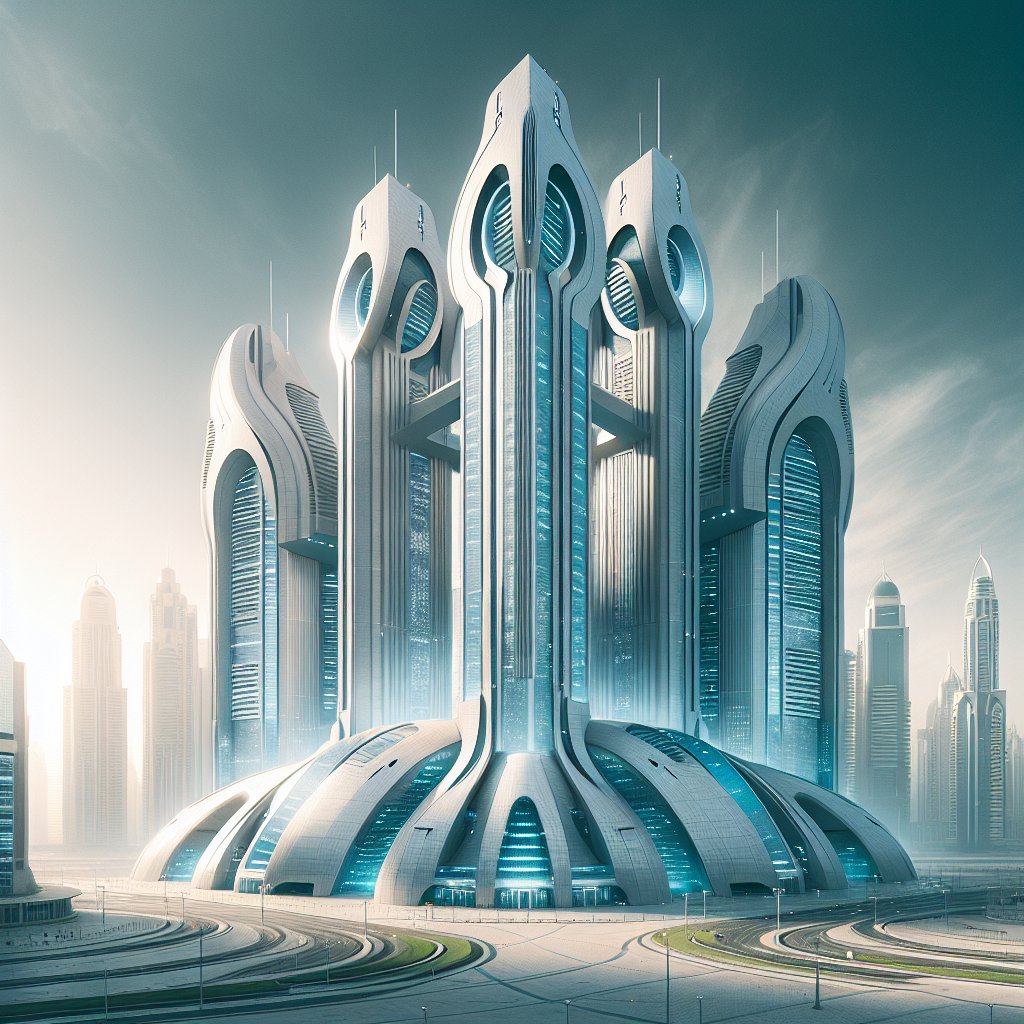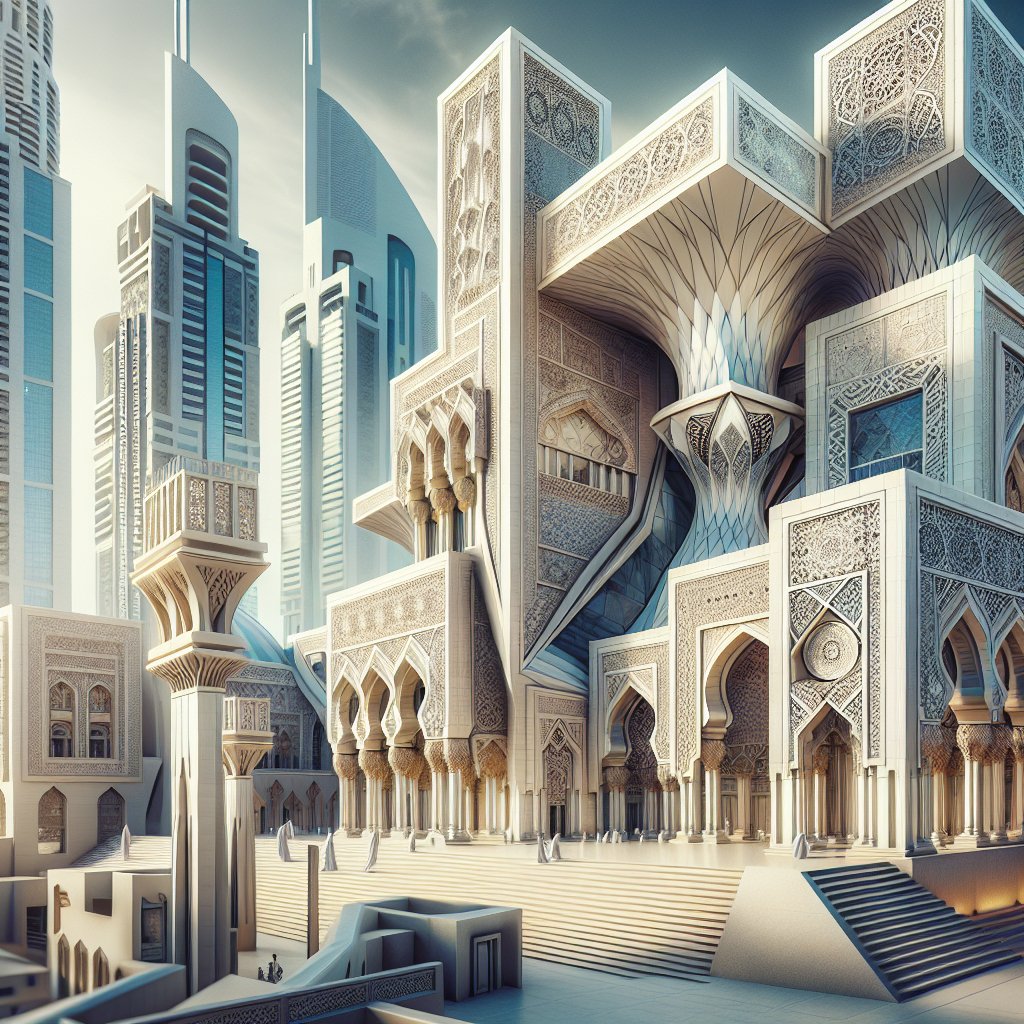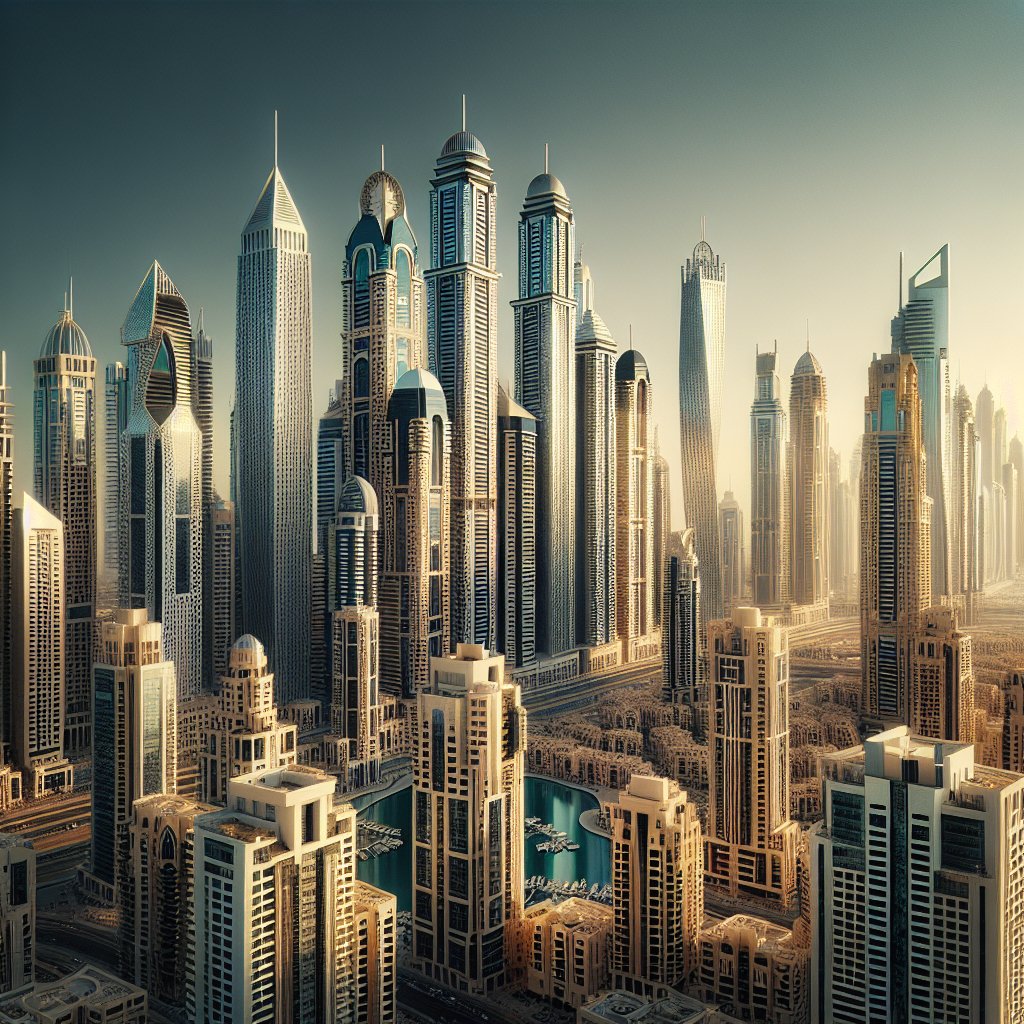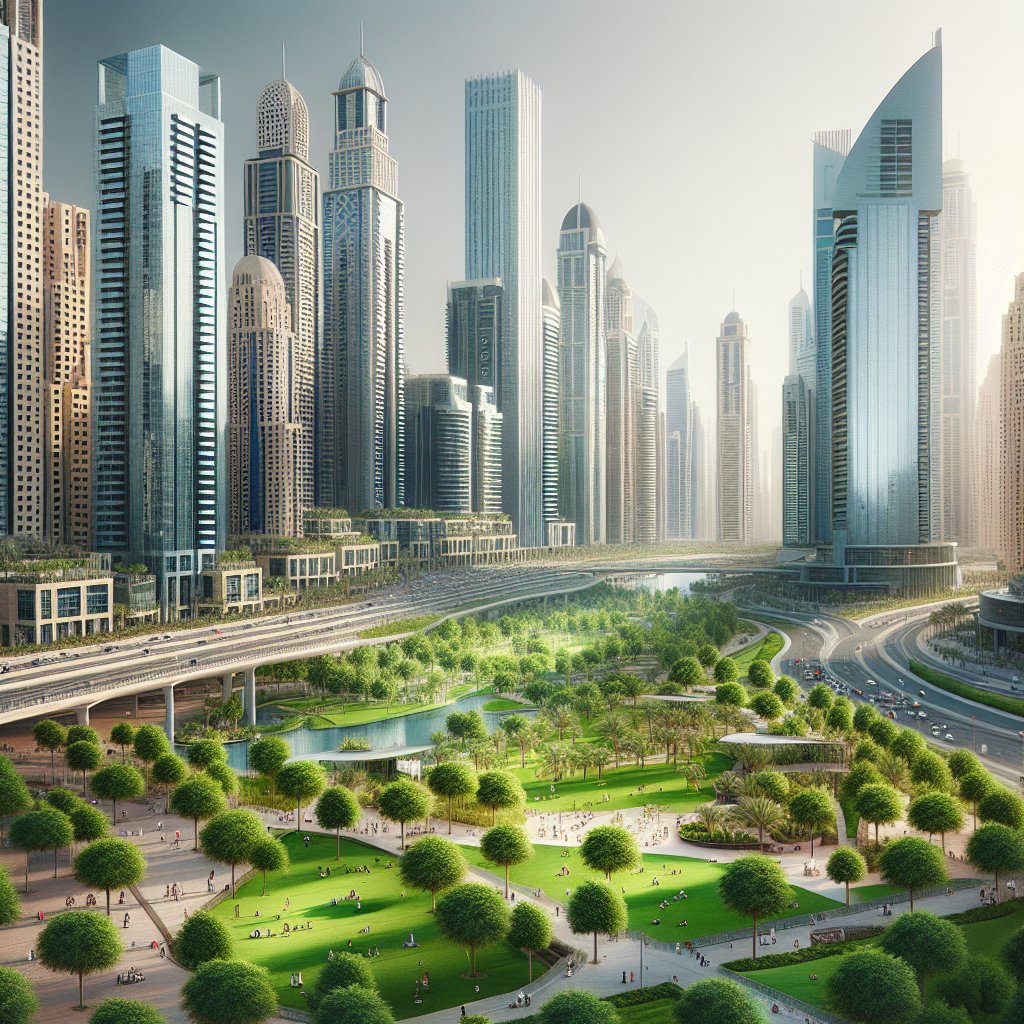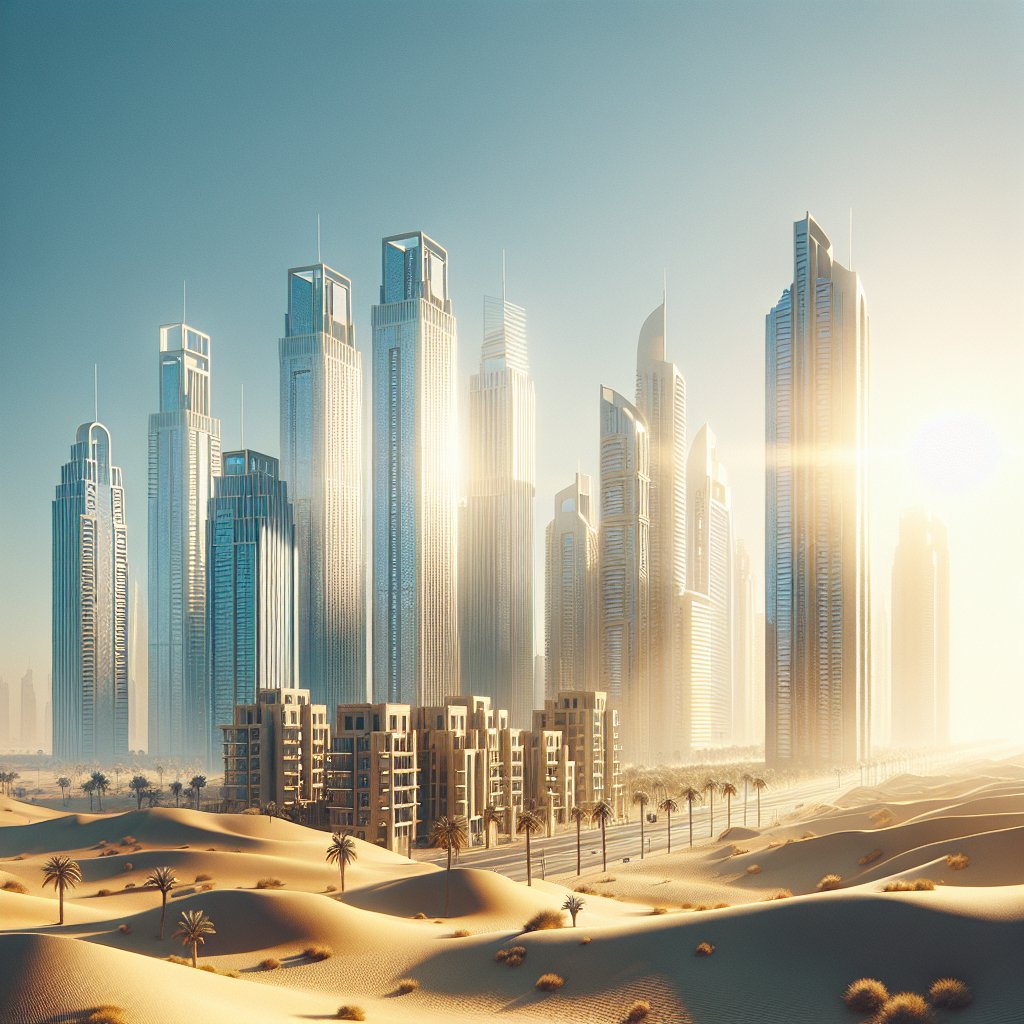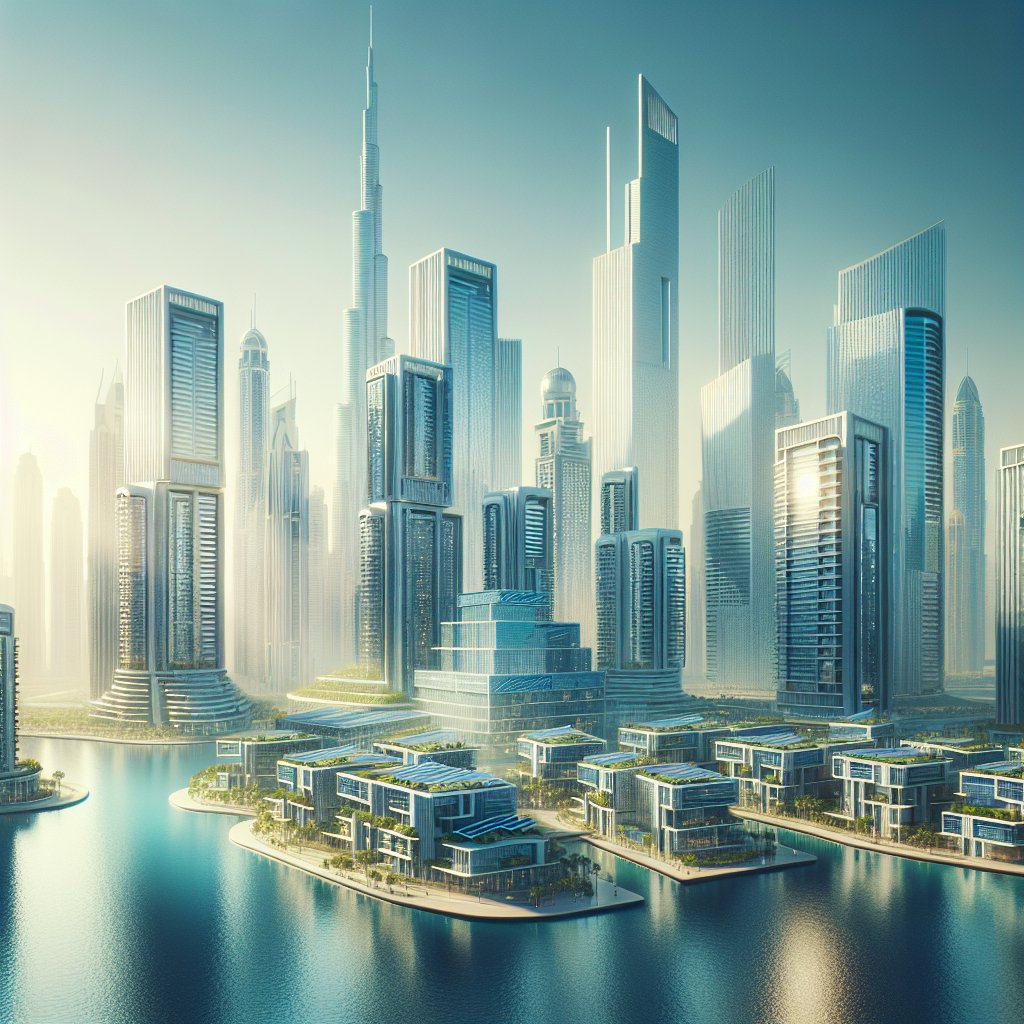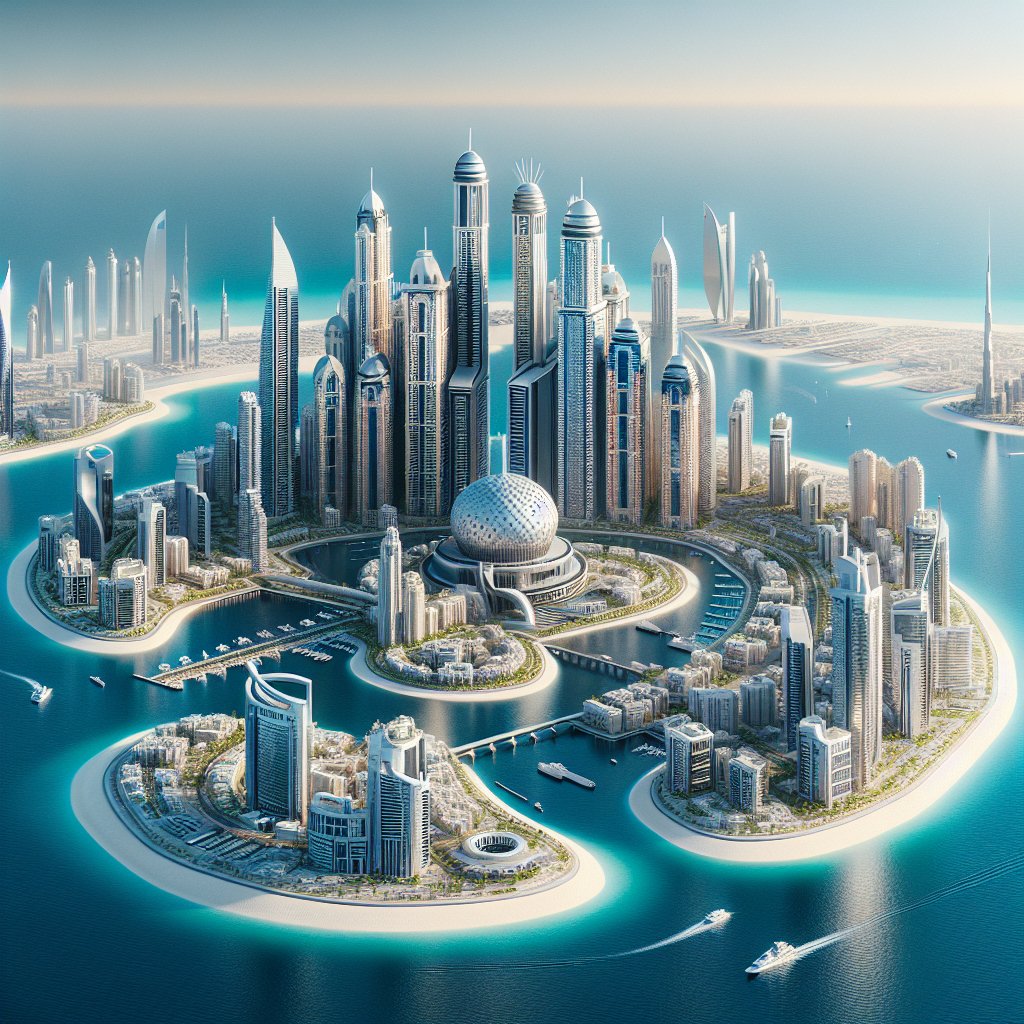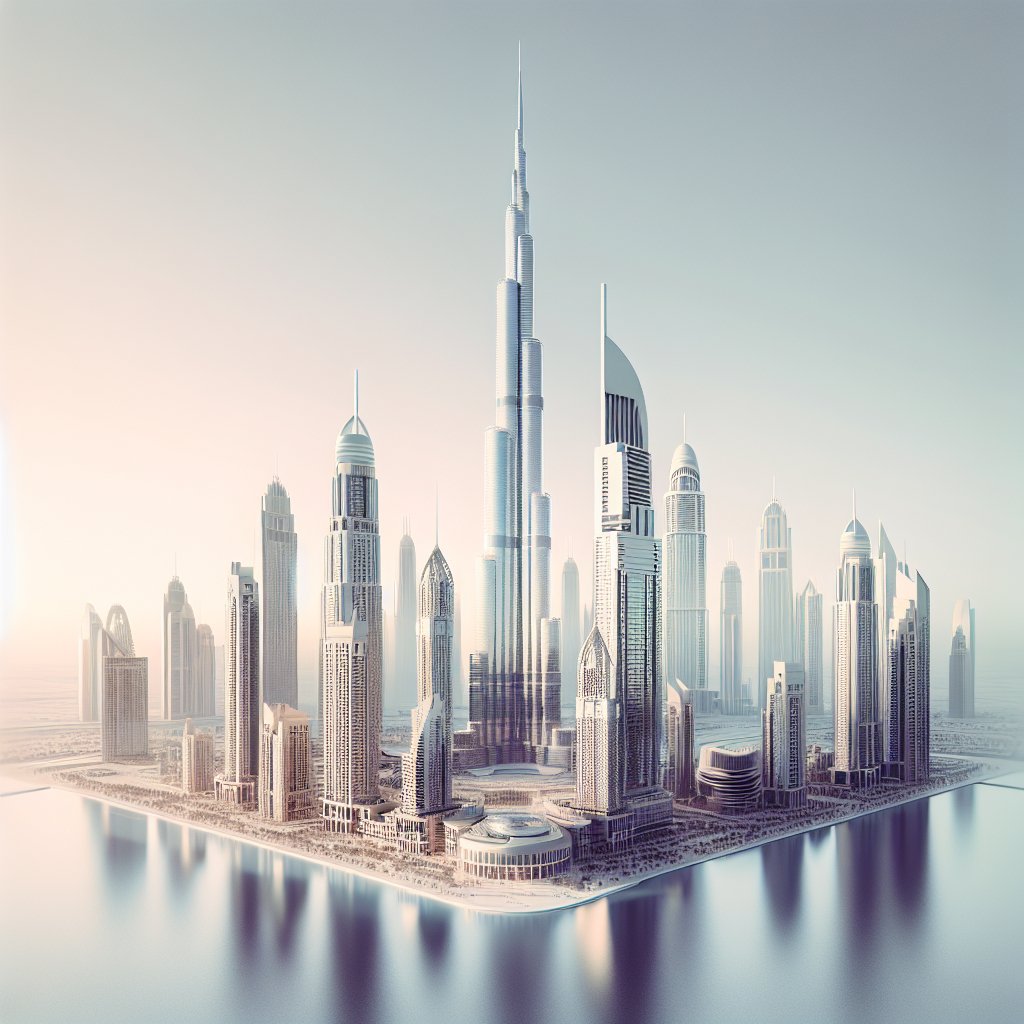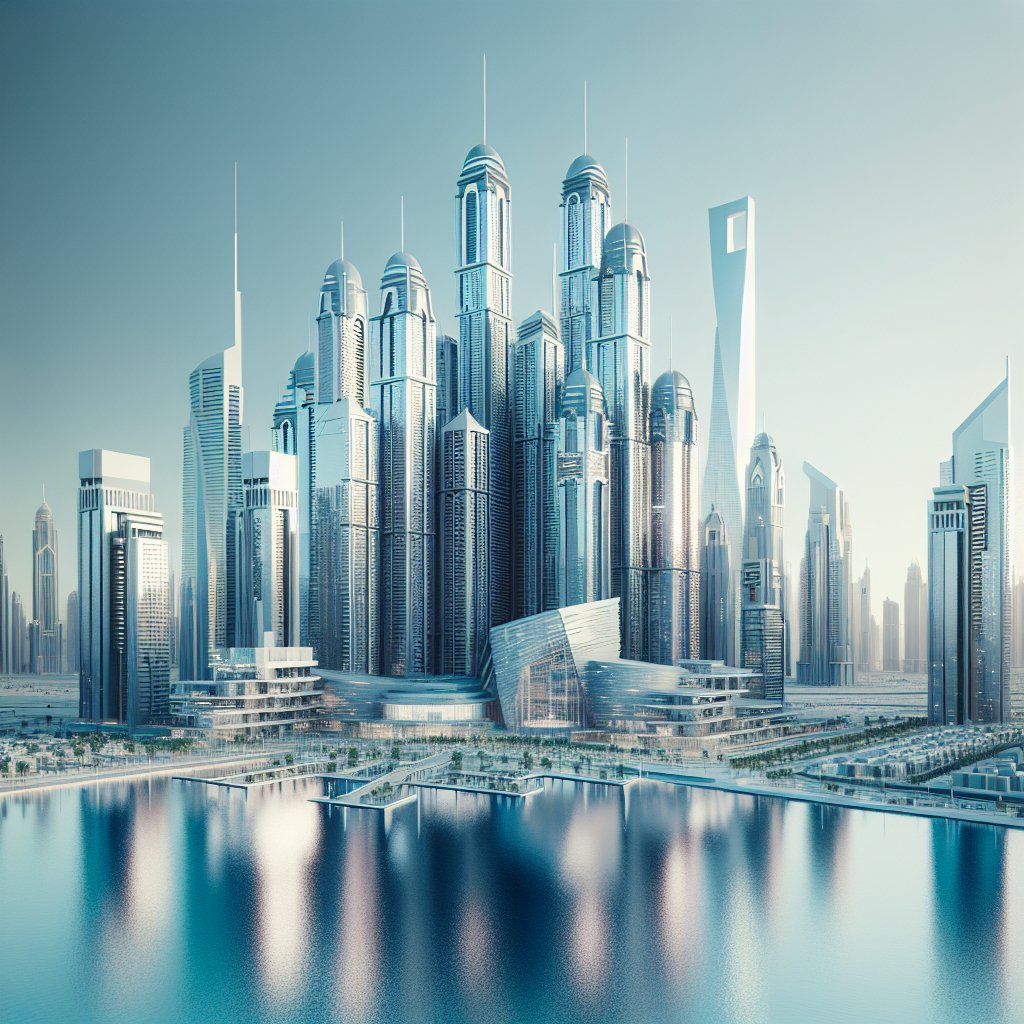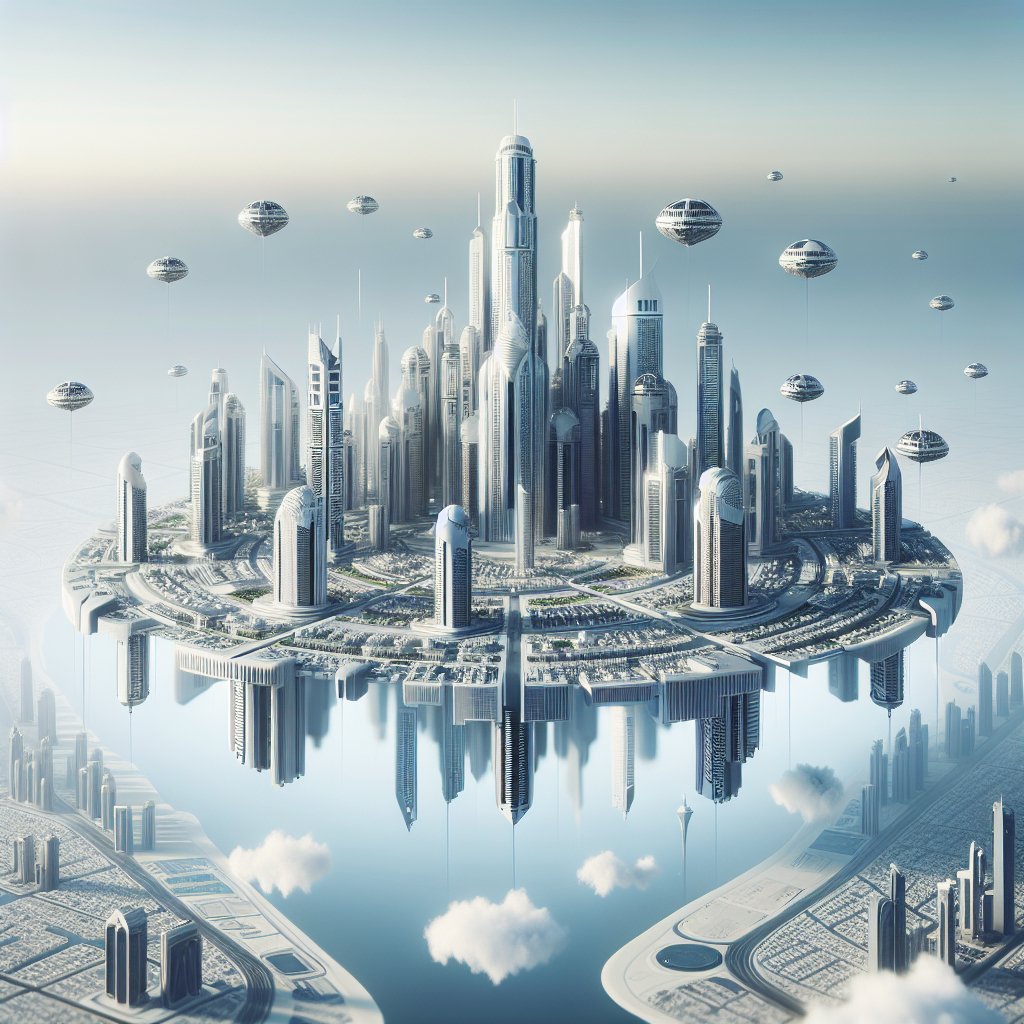Dubai is renowned for its futuristic architecture, and this extends to its government buildings, which are designed to reflect the city’s vision for the future. The integration of cutting-edge technology and innovative design principles in these structures not only enhances their functionality but also symbolizes Dubai’s commitment to progress and sustainability.
Innovative Architectural Designs
Dubai’s government buildings are a testament to the city’s ambition to lead in architectural innovation. The designs often incorporate elements that are not only visually striking but also highly functional. For instance, the use of sustainable materials and energy-efficient systems is a common theme. This approach not only reduces the environmental impact of these buildings but also sets a standard for future developments.
One of the most notable examples is the Dubai Municipality building, which features a unique blend of traditional and modern architectural elements. The structure is designed to maximize natural light, reducing the need for artificial lighting and thereby conserving energy. Additionally, the building’s facade is equipped with solar panels, further enhancing its sustainability credentials.
Another example is the Dubai Police Headquarters, which incorporates advanced security features and smart technology. The building is equipped with state-of-the-art surveillance systems and automated processes that streamline operations and improve efficiency. This integration of technology not only enhances the building’s functionality but also ensures the safety and security of its occupants.
Technological Integration and Smart Features
Incorporating technology into the design of government buildings is a key aspect of Dubai’s futuristic vision. The city has embraced the concept of smart buildings, which utilize advanced technologies to improve efficiency and user experience. These buildings are equipped with systems that can monitor and control various aspects of the environment, such as temperature, lighting, and security.
The Dubai Future Foundation building is a prime example of this technological integration. The building is designed to be a hub for innovation and features a range of smart technologies that facilitate collaboration and creativity. From interactive displays to automated meeting rooms, the building is equipped with tools that enhance productivity and foster innovation.
Moreover, the use of artificial intelligence and the Internet of Things (IoT) in these buildings allows for real-time data collection and analysis. This capability enables building managers to optimize operations and make informed decisions that improve efficiency and reduce costs. For instance, smart sensors can detect when a room is unoccupied and adjust the lighting and temperature accordingly, conserving energy and reducing waste.
Sustainability and Environmental Considerations
Sustainability is a core principle in the design of Dubai’s government buildings. The city is committed to reducing its carbon footprint and promoting environmentally friendly practices. This commitment is reflected in the use of sustainable materials and energy-efficient systems in the construction of these buildings.
For example, the Dubai Electricity and Water Authority (DEWA) headquarters is designed to be one of the most sustainable buildings in the region. The building features a range of green technologies, including a solar power system that provides a significant portion of its energy needs. Additionally, the building is equipped with a water recycling system that reduces water consumption and minimizes waste.
Furthermore, the design of these buildings often incorporates green spaces and natural elements, which not only enhance their aesthetic appeal but also contribute to the well-being of their occupants. The inclusion of gardens, green roofs, and indoor plants helps to improve air quality and create a more pleasant and productive working environment.
Conclusion
Dubai’s government buildings are a reflection of the city’s commitment to innovation, technology, and sustainability. By incorporating futuristic design elements and advanced technologies, these structures set a benchmark for modern architecture and urban development. As Dubai continues to grow and evolve, its government buildings will undoubtedly play a crucial role in shaping the city’s future and reinforcing its position as a global leader in innovation and sustainability.
